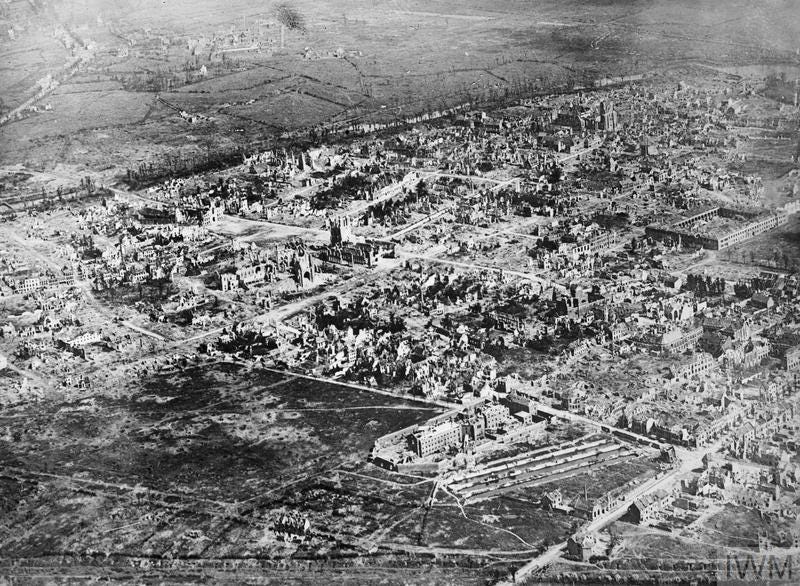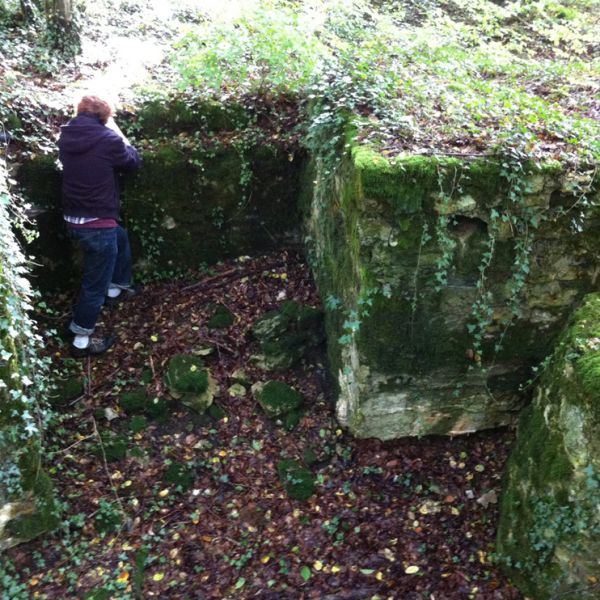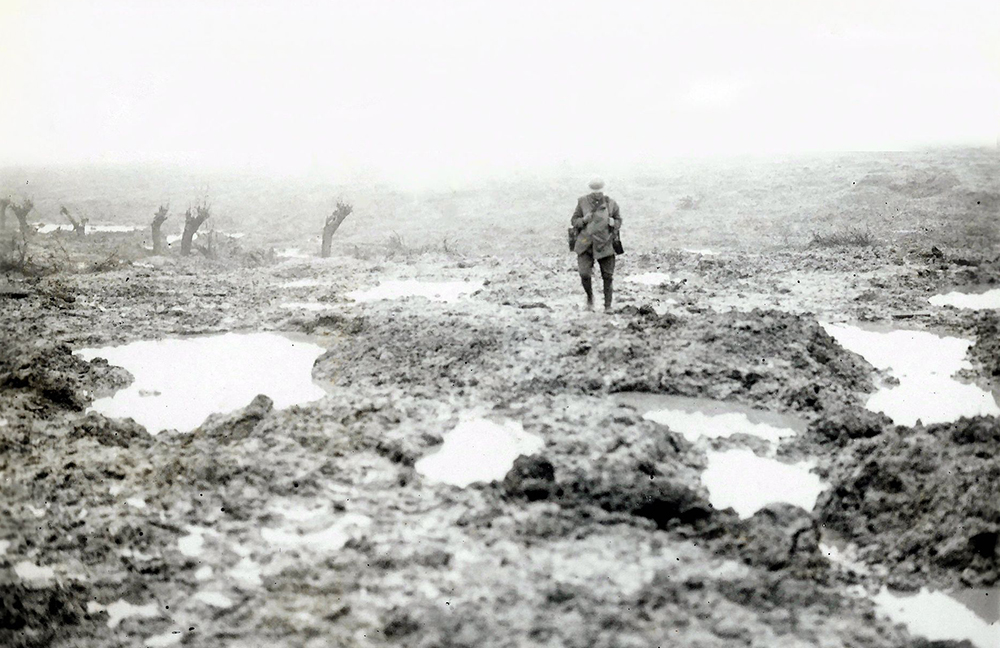raratt
Well-Known Member
For your viewing pleasure. Aim High!

 air.show
air.show

Sign Up FREE for AirDotShow's Livestream Broadcast of Today's OC Air Show!
When you can't be at Show Center, AirDotShow Livestream brings Show Center to you! Catch all the action via our Virtual Dashboard with the LIVE video feed including the show narration, flight line cam and online merchandise store!
 air.show
air.show










